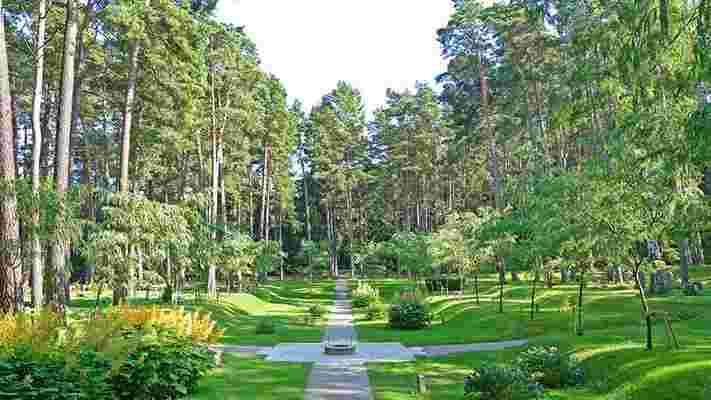The beginning of a new year is always a time for celebration, but also for reflection. It’s a time to honor those who are most important to us, as well as to commemorate those who are no longer with us. Every city has powerful spaces built around this idea: Paris has Père Lachaise; London has Highgate; and Stockholm has the incredibly poignant Skogskyrkogården (Woodland Cemetery). It’s a place I visit in all four seasons and where I always find inspiration—a site where nature, architecture, and interior design are seamlessly integrated to celebrate life, not death.

After winning a design competition in 1912, two young architects named Gunnar Asplund and Sigurd Lewerentz created Skogskyrkogården, envisioning a new type of public space that combined chapels, gardens, and towering pines with uniform rows of small tombstones. Their magical manipulation of terrain resulted in visual perspectives meant to remind us that nature is eternal, even if human life is not. Asplund, who designed most of the buildings at Skogskyrkogården, continued to work on the project until his own death in 1940.
At the entry to Skogskyrkogården, the nondenominational cross (based on Cross on the Baltic Sea, 1815, by Caspar David Friedrich) creates a welcoming gateway to the grounds, just as it did for those arriving in the region a century ago. Members of all faiths were welcomed here—a revolutionary idea at the time—in the eternal hope that everyone can live in peace.
Join me on a tour of Skogskyrkogården in all four seasons—and happy New Year from the Architect’s Eye.
__ __
